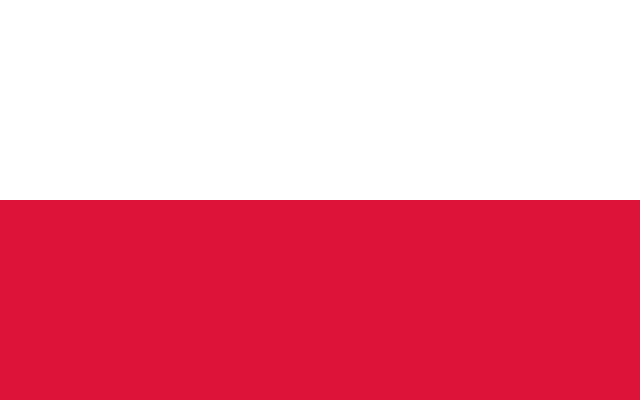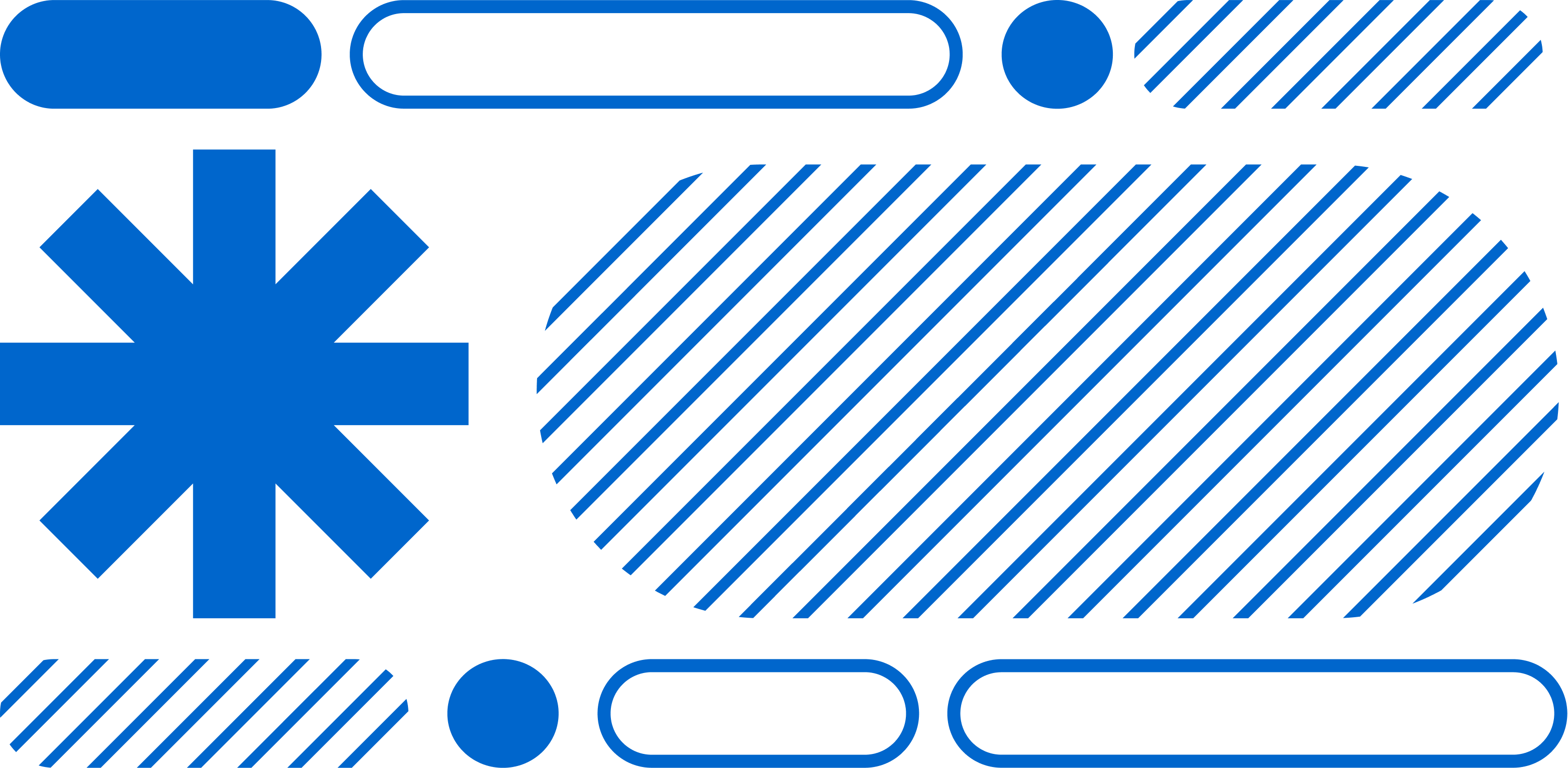Skip to Main Content
Poland



Disability Definition
There are at least two terms that define disability in Poland. First, the disabled are ‘the persons whose physical, psychical or intellectual state permanently of temporarily impedes, limits or disables the capacity to perform socially and especially the annihilates the possibility to work professionally if they got a proper statement’. The second definition is in terms of statistic use, ‘Defined by permanent or temporary inability to fulfill social roles due to permanent or long-lasting impairment of the agility of an organism, especially causing the inability to work’.
Reference: THE CATEGORY OF DISABILITY IN POLAND AND OTHER EU COUNTRIES – PARADIGM SHIFTS
Legislation
On August 1, 1997 Parliament (Sejm) approved the Charter of Rights of Persons with Disabilities. The Sejm states that this means, in particular, the right of people with disabilities to:
-access to goods and services enabling full participation in social life,
-access to treatment and healthcare, early diagnostics, rehabilitation and medical education, as well as to health benefits taking into account the nature and degree of disability, including the supply of orthopaedic items, aids, rehabilitation equipment,
-access to comprehensive rehabilitation aimed at social adaptation, learning at schools together with able-bodied peers as well as making use of special education or individual education, psychological and pedagogical assistance as well as other specialised assistance enabling the development, acquisition or improvement of general and professional skills, work in the open labour market, in accordance with qualifications, education and opportunities and making use of counselling and mediation, and when the disability and state of health so require
– the right to work in conditions adapted to needs of people with disabilities, social security, taking into account the need for incurring increased costs resulting from the disability, as well as taking account of these costs in the tax system, living in an environment free from functional barriers, including: access to offices, electoral points and public utility facilities, free movement and general use of means of transport, access to information, opportunities of interpersonal communication, having the autonomous representation of own environment and consulting with it any draft legislation with respect to people with disabilities, full participation in public, social, cultural, artistic, sport life as well as in recreation and tourism according to their interests and needs.
Employer Legal Requirements
In 1920, a quota-levy system was introduced. Enterprises that fall short of a 6 percent quota for hiring persons with disabilities must pay a levy that depends on the size of the shortfall.“Polish policy actually makes hiring persons with disabilities unattractive by mandating special privileges such as restricted work hours and special vacation and sickness leave. These policies may be viewed as protective, but in reality they discriminate against persons with disabilities who may not need them. About 2/3 of people with disabilities who do work are self-employed or work a private enterprise with five workers or less, and which therefore escape most regulation”
Reference: World Bank Document: Disability and Work in Poland
Accessibility Requirements
The Programme Accessibility Plus is being implemented to integrate “the permanent inclusion of the accessibility issue into all public policies, to the planning practice, implementation and state’s functioning assessment”.
Reference: Accessibility Plus
Activity 27: Employment in administration
It will consist in elimination of barriers in the access of people with disabilities to stable employment, funding of workplace equipment, adaptation of rooms or purchase of devices facilitating the work performance or functioning in the working establishment will be implemented, the use of the service in the form of job coach is planned on the basis of statutory solutions, and anticipates the opportunity of apprenticeship/ training to enable acquiring practical skills for later employment.
Cultural Norms
Poland looks at disability in three categories: the medical model, interaction model, and social model.
Medical Model: Disability = deficiency anomaly, impairment
Interaction Model: Disability = difference, handicap
Social Model: Disability = plight from the society’s side
Insights
“According to the census data, about 4.7 million disabled people living in Poland – i.e. about 12.2% of our society is equally exposed to it. Depending on the adopted definition of disability, this group may include from 4.9 million to even 7.7 million people although the are no adequate statistics”
Reference: Accessibility Plus
Supplier Diversity
NGOs
INTEGRACJA – Established the first integration center that specializes in vocation activation of the disabled, there are five centers in the country now. These centers are employment agencies that run workshops and trainings for improvement and consulting.
Business Practices/Examples
Talent Sourcing Resources
INTEGRACJA – Established the first integration center that specializes in vocation activation of the disabled, there are five centers in the country now. These centers are employment agencies that run workshops and trainings for improvement and consulting.
